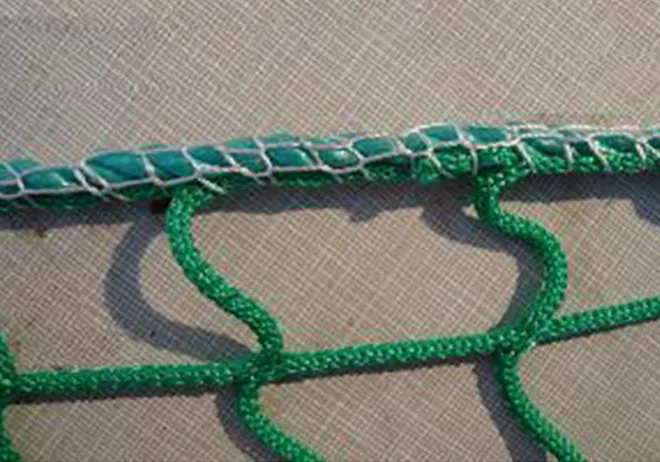leather lock stitch
The Art of Leather Lock Stitching A Blend of Tradition and Technique
Leathercraft is a time-honored skill that has been passed down through generations, each artisan adding their own touch to this exquisite art form. One technique that stands out in the world of leatherworking is the lock stitch. This stitching method is particularly valued for its durability and elegance, making it a popular choice among both amateur and professional leathercrafters.
Lock stitching involves the use of two threads one thread is fed through the needle from the top, while a second thread is fed through a stitcher or awl from the bottom. When the needle passes through the leather, it wraps around the bottom thread, forming a tightly interlocked stitch. This creates a strong seam that resists unraveling, even under high stress. The lock stitch is lauded not only for its strength but also for its aesthetic appeal, as it can be neatly finished on both sides of the leather.
One of the primary advantages of lock stitching is its ability to distribute tension evenly across the seam. This is particularly important in leather, which can be susceptible to tearing if subjected to uneven stress. For instance, in crafting leather bags or footwear, using a lock stitch can help maintain the integrity of the piece over time, ensuring that it withstands the rigors of daily use.
When it comes to tools, achieving mastery in lock stitching requires some essential equipment. Leather needles, designed with a slightly thicker shaft and a sharp point, allow for easy penetration of leather. Additionally, specific types of thread are preferred for lock stitching, often made from polyester or nylon, both of which provide the necessary strength and resistance to wear and tear. The choice of thread color can also add a touch of personalization, enabling artisans to match or contrast the threads with the leather’s hue.
leather lock stitch

The process of lock stitching in leatherwork can be intricate, demanding precision and patience. Artisans begin by marking the stitching line on the leather, ensuring that the spacing is even and visually appealing. After making pilot holes with an awl, the stitching can begin, alternating between the top and bottom threads. It’s crucial to maintain an even tension throughout to create consistent stitch sizes, which contributes to the overall quality of the finished product.
Moreover, lock stitching is not limited to purely functional items; it also plays a significant role in aesthetic leather goods. From wallets to belts and even high-end handbags, the visibility and quality of the stitching can significantly impact the item's appeal. Many leather artists intentionally showcase their lock stitches, turning functional seams into decorative elements that enhance the overall design.
As the leathercraft community continues to evolve, the tradition of lock stitching remains strong. Modern advancements in materials and tools have allowed new generations of artisans to refine their skills and explore innovative designs while honoring the foundational techniques of their predecessors. Workshops and online tutorials abound, providing a wealth of knowledge for those looking to understand and master this beautiful craft.
In conclusion, the art of leather lock stitching embodies a perfect blend of tradition, technique, and artistry. Its durability ensures that handmade leather goods can withstand the test of time, while its aesthetic qualities enhance the beauty of each creation. Whether you are a seasoned leatherworker or an enthusiastic beginner, embracing the art of lock stitching can open new avenues for creativity and craftsmanship, allowing you to contribute to a rich heritage that celebrates both form and function.
-
Heavy Duty Leather Sewing Machine: A Must-Have for Professional LeatherworkNewsMay.28,2025
-
Leather Sewing Machine: Essential for High-Quality LeathercraftNewsMay.28,2025
-
Extra Heavy Duty Sewing Machine for Premium Leather ApplicationsNewsMay.28,2025
-
Walking Foot Cylinder Arm Sewing Machine: Precision and Power CombinedNewsMay.28,2025
-
Industrial Cylinder Arm Sewing Machine: Engineered for High-Performance StitchingNewsMay.28,2025
-
Cylinder Bed Sewing Machine: A Powerful Solution for Precision StitchingNewsMay.28,2025
-
Zigzag Sewing MachineNewsMay.12,2025





























